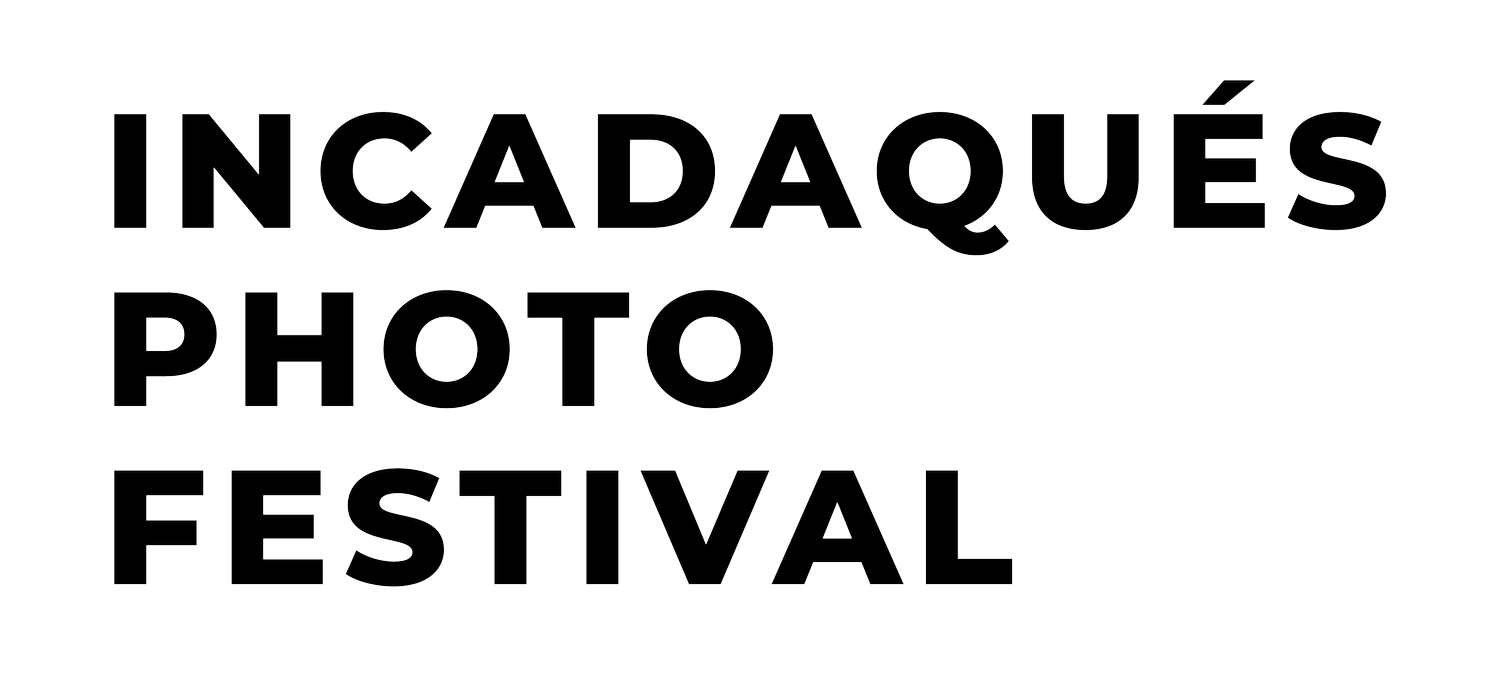Instagram @tanarastu
Tanara Stuermer
BRAZIL
It was through studying image theory during her history studies in southern Brazil that Tanara Stuermer discovered the documentary power of photography. She began photographing in 2009 and became interested in street photography, exploring moments of life and loneliness in Rio de Janeiro, the city where she has lived for 17 years. She then shifted to authorial photography, developing images that flirt with abstraction; most are captured through the interference of plastic material to document the reality of contemporary human relationships.
Continuing to use interference, she now challenges some limits of photography with the materiality of superimposed prints, examining movement and its possibilities within Rio's beach football in the series "Altinha."
- SERIES -
Altinha
This series of photographs portrays “Altinha”, a popular game in Rio de Janeiro that aims to keep the ball in the air, and the players can’t use their hands. A carioca sport par excellence emerged in the 1960s and is played at the beach, preferably next to the water, where the feet can’t be burned by the hot sand. I started to photograph it because I found beautiful the spirit of cooperation between the players, as they do not compete, because they all have the same objective: not to let the ball touch the ground.
My studies in the field of cinema served as a filter to develop the form of presenting this work: I observed in the pictures a pattern in the players' movements within a certain time and space, which gives rhythm to these scenes. But unlike cinema, where scenes are composed of separate images, here the images are mixed, and the scene takes place in a single frame. I mixed and superimposed these photographs with prints on tracing paper, in cuts that isolate the bodies and movements and then reconcile all the images again. Diluting the images allowed them to be absorbed by the transparency of the paper and the overlaps and that was how I achieved a narrative, a choreography, as if it were on the beat of a drum, in a movement that is multiplied within only one frame. They now seem to hit the ball to the sound of a “berimbau” or to the cadence of a “ladainha”, which has the function of leading the dialogue between the players in the Capoeira circle.
These multiplied possibilities led me to do some movement studies that I sought to break down into sequences inspired by the works of Eadweard Muybridge and Étienne-Jules Marey. When assembling the works with tracing paper and prints, I sought to understand the nature of movements, where the limits of bodies and their strength are, focusing on the gesture.
















